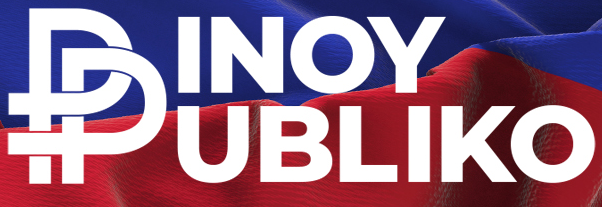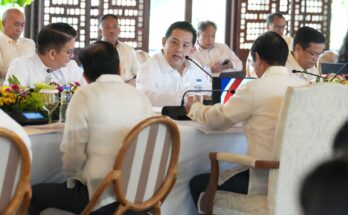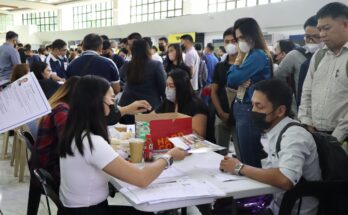HINDI lang basta isang historical event ang EDSA People Power Revolution. It was a movement that shaped the democracy we live in today.
So kung isa ka sa mga young generation of today, Gen Z man o millennial, etong maiksi pero malaman na kaalaman tungkol sa ipinaglaban ng nanay at tatay mo or lolo at lola mo noong 80s.
1. Lam mo na, it was a peaceful revolution— No guns, just guts
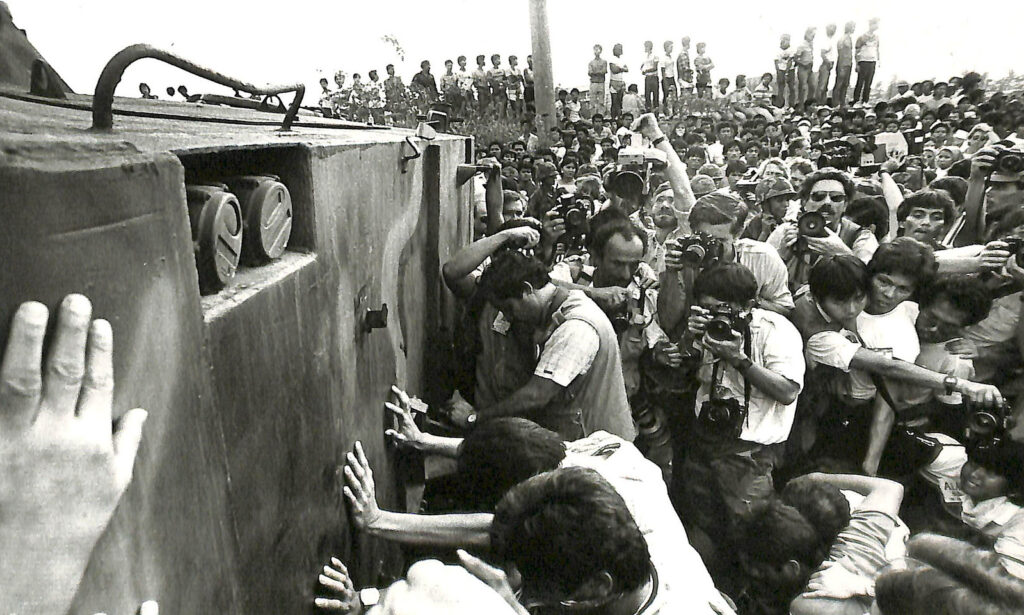
Unlike other revolutions in history, walang dumanak na dugo sa rebolusyong naganap sa EDSA noong 1986. Millions of Filipinos who joined the struggle were just armed with prayers, unity, and courage. Umurong ang mga armadong sundalo na sakay ng mga tangke!
2. It was driven by ordinary Pinoys, not just politicians
Yes, political leaders played a role, but the real power came from regular Pinoys, itanong n’yo pa sa tatay at nanay, tiyo at tiya at lolo at lola ninyo. They were students, workers, nuns, priests, professionals, and everyday people who took to the streets to demand change.
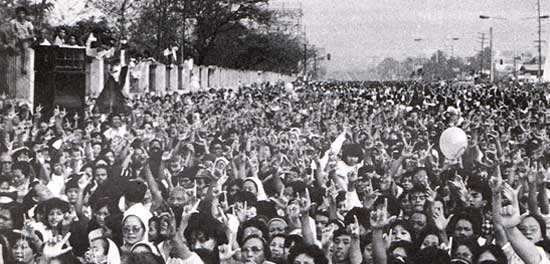
3. 4 days changed the nation forever
From February 22-25, 1986, Filipinos gathered along EDSA to protest against the dictatorship. In just four days, tinapos ang mahigit sa dalawang dekadang panunungkulan ng administrasyong Ferdinand Marcos Sr.!
4. Social Media wasn’t a thing — but radio was the hero
Before Twitter and TikTok, Filipinos relied on Radyo Veritas, a Catholic radio station that broadcast updates and messages of hope, helping people organize and stay informed.
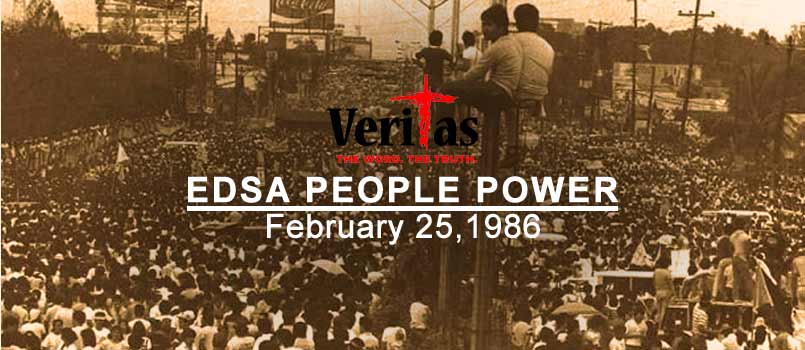
5. Celebrities and influencers of that era were in the fight
Before the age of online influencers, celebrities, journalists, and artists used their platforms to stand against dictatorship. Apo Hiking Society, Freddie Aguilar, Celeste Legaspi, Kuh Ledesma were among the voices of resistance. The young Kris Aquino was there, too!
6. ‘Rosary vs Tanks’ moment was real
One of the most iconic images from EDSA was of nuns kneeling in front of military tanks, holding rosaries and flowers. In the end, soldiers even joined the protest.
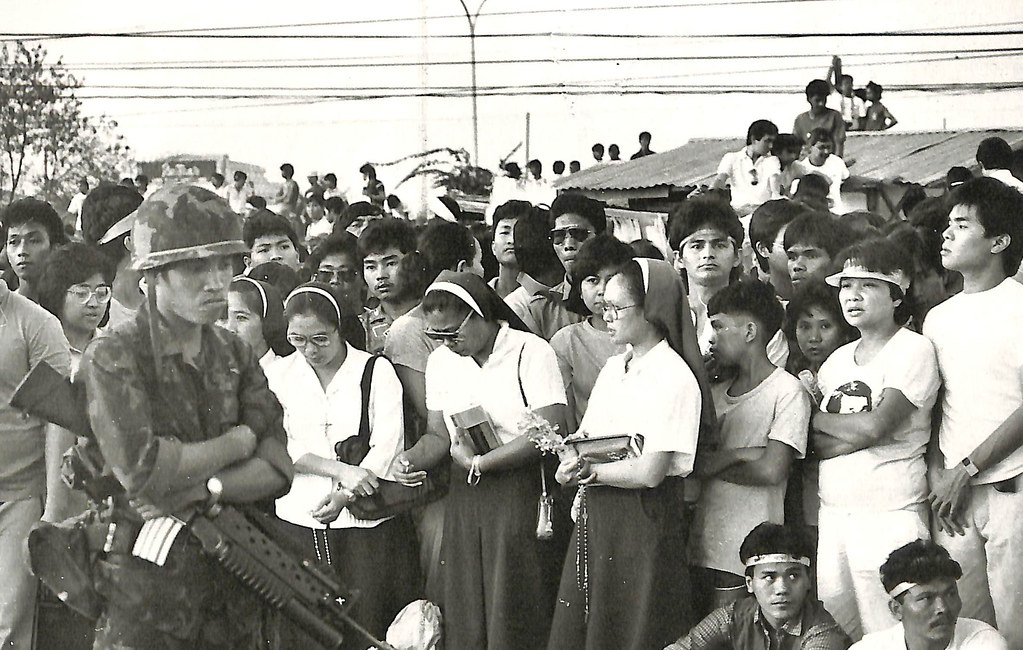
7. Yellow became the color of protest
Inspired by Ninoy Aquino’s assassination, the color yellow became the symbol of democracy. The song “Tie a Yellow Ribbon” was even used as an anthem for the movement.
8. It inspired other countries to fight for their freedom
The success of EDSA inspired peaceful movements worldwide, including in South Korea, Taiwan, and Eastern Europe, proving that nonviolent protests can topple oppressive regimes.
9. We have the right to speak out today
Thanks to the bravery of EDSA revolutionaries, we enjoy free speech and a democratic government—something worth protecting.
10. Its lessons are still relevant today
EDSA reminds us that democracy isn’t a one-time victory—it’s something we must protect and uphold.
Whether through voting, speaking out against injustices, or demanding accountability, our generation has a role to play in keeping democracy alive.
The Bottom Line: EDSA wasn’t just about the past—it’s a reminder that the fight for truth, justice, and freedom never ends. How will you keep its spirit alive? 💛✊

